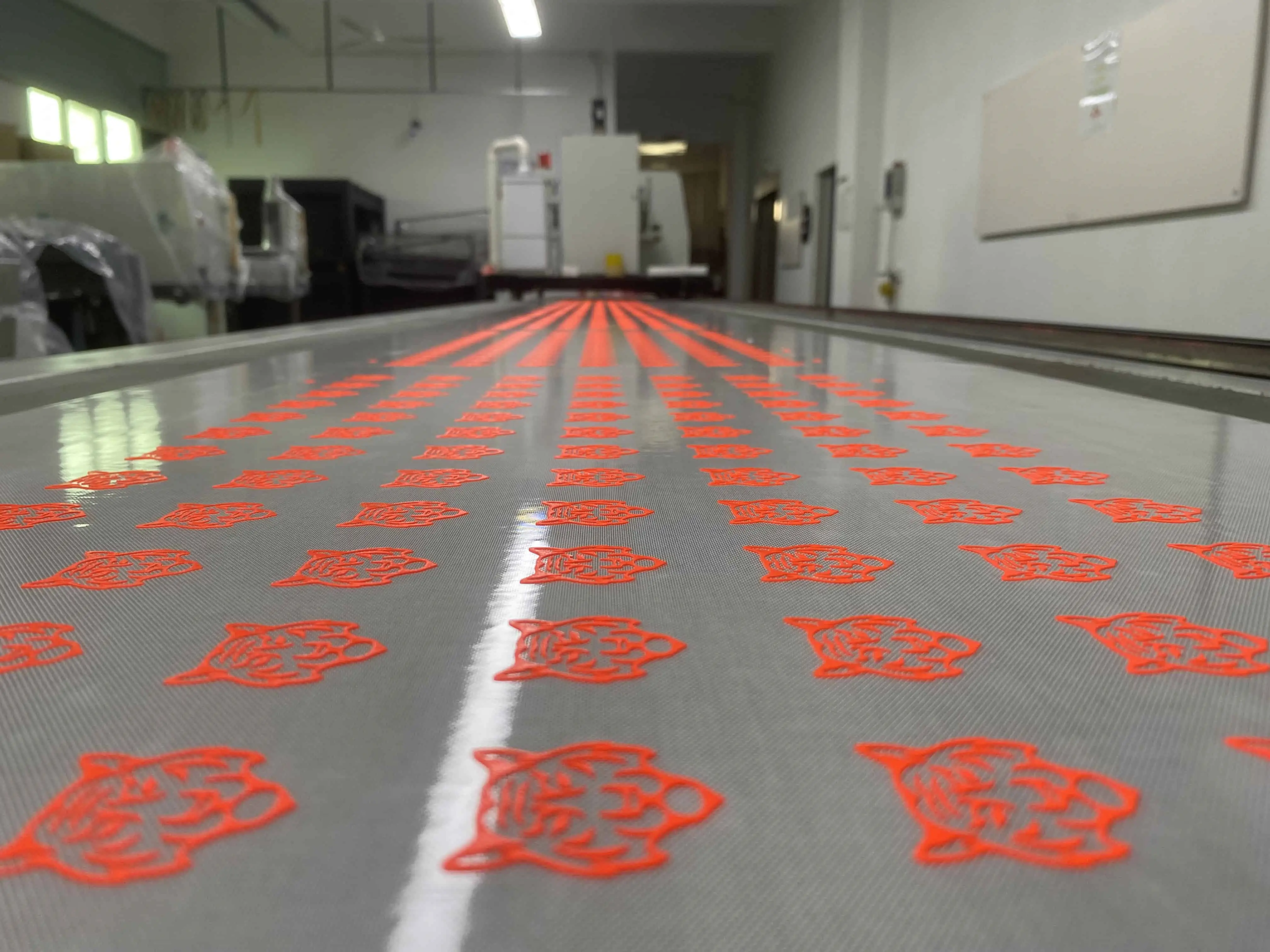Screen printing has long been a cornerstone of the printing industry, known for its versatility, durability, and vibrant results. The advent of automation has significantly transformed this field, bringing numerous benefits and new opportunities. So, can screen printing be automated? The answer is a resounding yes. Automation in screen printing is not only possible but is rapidly becoming necessary for businesses looking to scale and stay competitive. This article will explore how automation transforms screen printing, its benefits, and the critical considerations for those looking to leap.
Automation in screen printing involves integrating advanced machinery and software to streamline and enhance the printing process. Traditional manual screen printing requires significant labor and time, making it challenging to handle large orders efficiently. Automated screen printing presses, however, are designed to handle high volumes with consistent quality, significantly reducing manual intervention.
Utilizing an automatic screen printing press significantly accelerates and simplifies the expansion of your printing operations. These automated machines handle various tasks, including loading and unloading materials, applying ink, and curing prints with minimal human intervention. The primary advantage is speed. For instance, while a manual press can produce around 50 shirts an hour, an automatic press can print upwards of 300 shirts per hour. This allows businesses to take on jobs they couldn't afford or print before, unlocking new market opportunities and revenue streams.
Modern automatic screen printing machines have digital interfaces and software allowing precise control over printing. This includes setting print parameters, monitoring production in real-time, and even integrating design software to input designs into the printing workflow directly. This seamless integration ensures high-quality prints and efficient operation, enhancing overall productivity.
Automation extends beyond the printing phase. Pre-press processes like screen coating and exposure can be automated using screen-coating machines and direct-to-screen imaging systems. These technologies ensure high-quality stencils and reduce preparation time. Post-press, automated screen washout, and reclaiming systems help manage waste efficiently, making the process more environmentally friendly. Each printing job can be divided into smaller, manageable tasks, enhancing the efficiency of the entire workflow.
The move to automation brings several significant benefits:
Automated presses drastically reduce the time required to complete large orders. This efficiency gain allows businesses to take on more jobs and meet tighter deadlines without compromising quality. For example, a job that would take 10 hours on a manual press can be completed in less than 2 hours on an automatic press. Automation of the entire process ensures each task is performed optimally, contributing to higher overall efficiency.
One of the biggest challenges in manual screen printing is maintaining consistent quality across large print runs. Automated presses ensure that each print is identical to the last, reducing errors and rework. This consistency is essential for detailed and multi-color designs, which can be challenging to reproduce manually. Modern automatic screen printing machines can achieve excellent print results while maintaining high productivity.
Businesses can reduce labor costs by automating repetitive tasks and reallocating their workforce to more strategic roles, such as sales and marketing. This not only saves money but also helps in focusing on business growth and customer satisfaction. Instead of pulling (or pushing) a squeegee, employees can contribute to higher-value activities that drive the business forward.
Modern automated systems offer flexibility in handling various substrates and print sizes. This functionality is crucial for companies aiming to expand their product range and reach a broader customer base. Automated presses can easily switch between jobs, from flat graphics to cylindrical containers, adapting to changing market demands.

Transitioning to automated screen printing requires careful planning and investment. Here are vital factors to consider:
Automated screen printing presses and supporting equipment represent a significant upfront investment. Businesses must evaluate their current and projected production volumes to justify the cost. The investment can yield substantial returns through enhanced efficiency and lower labor expenses.
Employees will require training to use and maintain the new automated machinery effectively. Investing in training ensures the transition is smooth and the equipment is used to its full potential. Regular maintenance is also crucial to keep the machines running efficiently and to avoid downtime.
Automated presses and additional equipment require more space than manual setups. Businesses must assess their facility's layout and may need to consider expansions or reconfigurations to accommodate the new machinery.
Integrating new automated systems with existing workflows and software maximizes efficiency. This includes ensuring compatibility with design software, inventory management systems, and other operational tools.
Automating screen printing presses is a trend and a strategic move for businesses looking to enhance their production capabilities and stay competitive. With benefits like increased efficiency, consistent quality, labor savings, and improved flexibility, the shift to automation can transform how screen printing businesses operate. However, careful planning and investment are crucial to successfully implementing these advanced technologies. As the industry continues to evolve, those who embrace automation will be well-positioned to meet future demands.
Here, you can submit your questions and needs online, we will contact you as soon as possible or direct online reply!
If a response is urgently needed, please call 00864009969505
 WeChat
WeChat